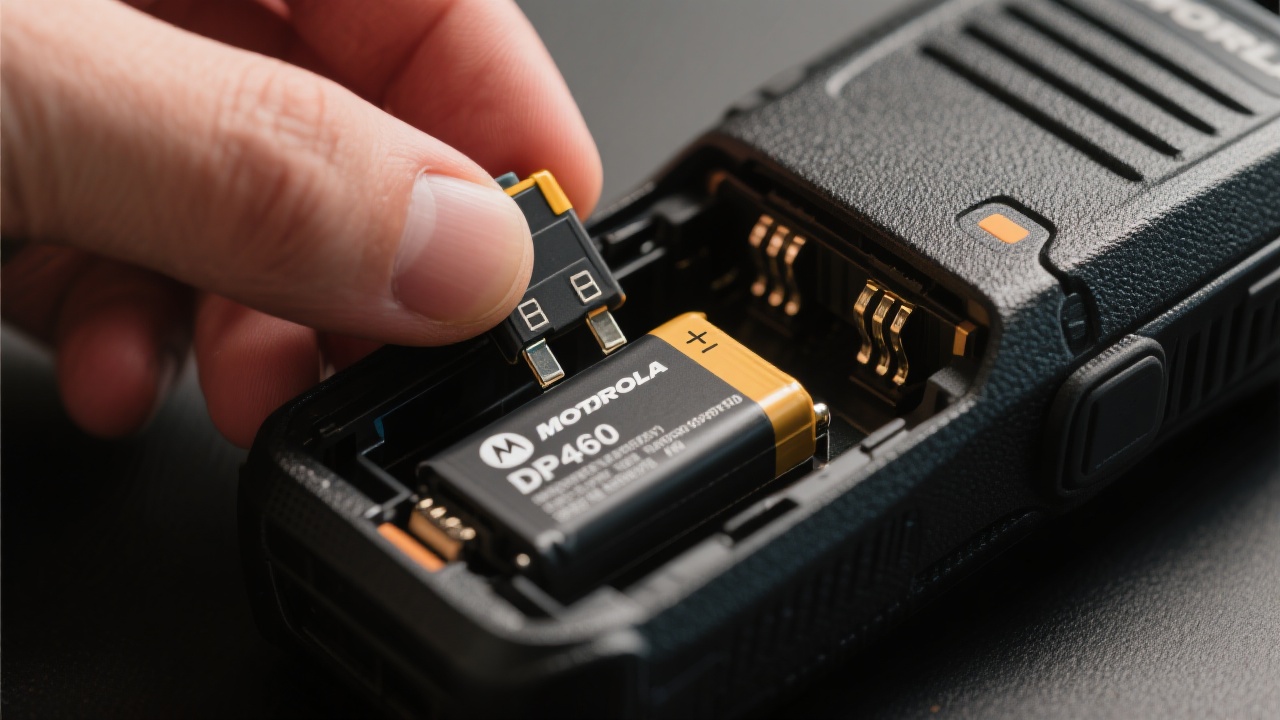How to Extend Motorola GP Series Walkie-Talkie Battery Life: Practical Tips for Construction & Logistics Professionals
2025/08/01
Application Tips
In construction and logistics, reliable communication is critical—and battery life makes or breaks daily operations. This guide dives into the real-world impact of the 2200mAh NNTN5510 thin battery on Motorola GP340Ex walkie-talkies, explaining how usage frequency, signal strength, and temperature affect performance. Learn actionable tips to optimize charging habits, reduce unnecessary power drain, and diagnose common issues—backed by industry standards like IEEE 1625 and practical field-tested solutions. Whether you're managing a busy jobsite or coordinating warehouse shipments, these strategies will boost uptime, minimize downtime, and extend device lifespan. Includes charts, maintenance checklists, and real-world examples from global clients. Perfect for site supervisors, fleet managers, and frontline workers seeking smarter, longer-lasting radio communication.

Why Battery Life Matters in Construction & Logistics: Real Tips for Motorola GP Series Users
In the fast-paced world of construction sites and warehouse logistics, reliable two-way communication isn’t just convenient—it’s critical. A dead walkie-talkie can mean delayed shipments, miscommunication on safety protocols, or even project downtime. That’s why understanding how to maximize battery performance—especially with high-demand models like the Motorola GP340Ex—is essential.
The Power Behind Long Shifts: NNTN5510 2200mAh Battery Explained
The NNTN5510 battery (2200mAh) is a game-changer for professionals who rely on their radios all day. Compared to older 1800mAh models, this upgrade offers up to 30% longer runtime under normal use conditions—a real difference when you're managing crews across multiple floors or coordinating truck arrivals at a busy port.
| Battery Model |
Capacity |
Avg. Runtime (Typical Use) |
| NNTN5510 |
2200 mAh |
12–15 hours |
| Older 1800 mAh |
1800 mAh |
8–10 hours |
What Really Drains Your Battery? (And How to Fix It)
Many users don’t realize that factors beyond capacity affect battery life:
- High usage frequency: Constant transmitting reduces battery efficiency by up to 25%. Use voice-activated (VOX) mode when possible.
- Weak signal areas: In buildings or underground warehouses, your radio may boost power output automatically—draining battery faster. Test signal strength before deploying.
- Extreme temperatures: Below 0°C or above 40°C, lithium-ion batteries lose 15–30% of effective capacity. Store devices indoors during extreme weather.
Smart Charging Habits = Longer Lifespan
Follow these simple rules to extend your battery’s cycle life:
- Charge fully before first use (don’t skip the initial charge).
- Avoid overcharging—unplug once at 100%.
- Use original chargers only; third-party ones can damage cells.
- Keep batteries cool—even in hot climates, store them away from direct sunlight.
Pro Tip: If your GP340Ex shows “low battery” after just 4 hours, it might not be the battery—it could be a faulty contact or worn-out charger port. Check both regularly!
Real-World Impact: Case Study from a European Warehouse
A logistics manager in Rotterdam replaced old batteries with NNTN5510 units and saw a 28% drop in communication interruptions. With fewer device swaps mid-shift, team productivity increased by an estimated 12% over three months.
Regular battery health checks every quarter—not just monthly—are key to preventing unexpected failures. Most modern systems support built-in diagnostics via software tools like MOTOTRBO™ Link.
Ready to Boost Your Team’s Communication Reliability?
If you’re tired of constant battery swaps or unreliable comms on-site, try the NNTN5510 2200mAh battery—it’s not just about more hours, it’s about fewer interruptions and better control.
Get Your NNTN5510 Battery Now →

